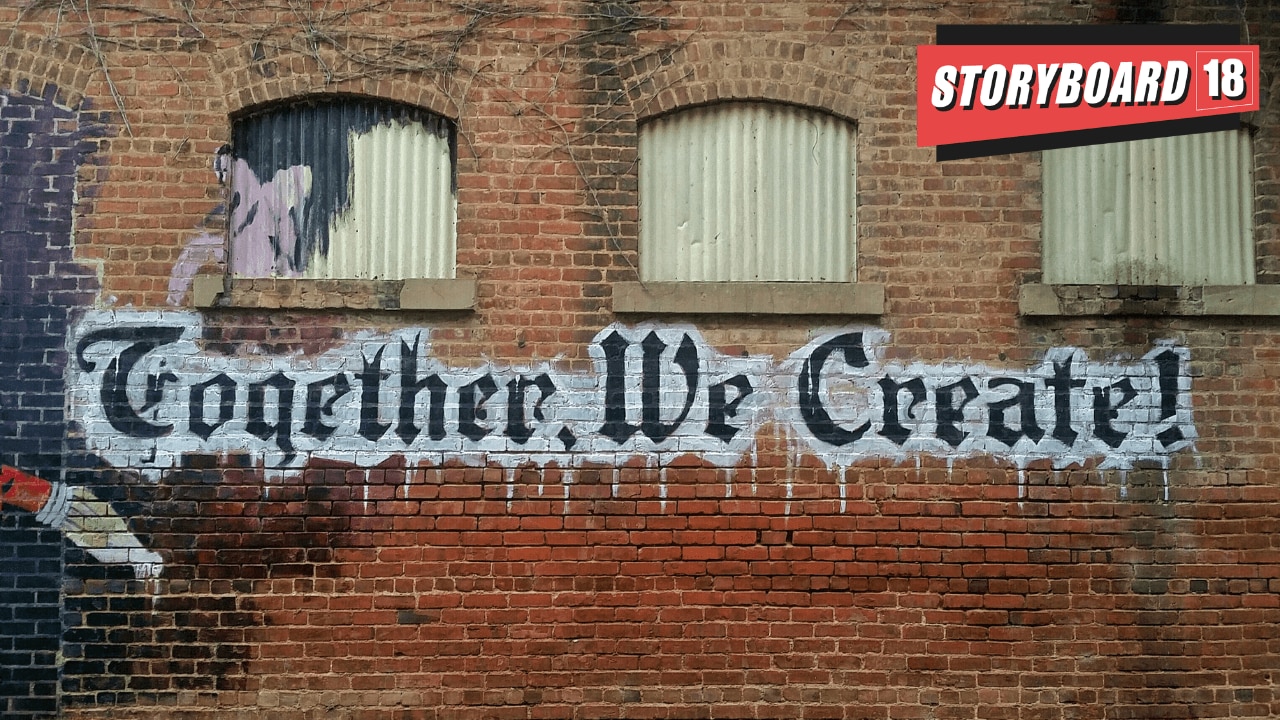Most brands divide their advertising budget between creative development and media buying in a ratio of 1:10. However, when recalling famous advertising campaigns, it’s likely that people remember the creative teams behind the ads, rather than the media planners and buyers who ensure that the ads reach the right audience with the right frequency.
In the past, when advertising was limited to one or two mediums such as TV and print, media planning and buying were relatively straightforward. However, with media becoming increasingly segmented, this is no longer the case. The role of media in the success of any campaign has therefore increased significantly. Without proper alignment between the creative campaign and media plan, the chances of failure are high.
Traditionally, advertising campaigns were conceptualised by establishing business objectives, which were translated into marketing objectives, and then communication objectives. Based on these, a brief was created, and the creative agency would uncover consumer/category insights and develop a core campaign idea. This idea would be presented alongside the TV commercial script, which formed the centrepiece of the campaign. The campaign idea would also be extended to other media such as print, digital, and OOH.
Although media objectives and planning would also be carried out concurrently, they were often not considered inputs or constraints for the creative agency.
Now, there are three problems that happen with this approach:
1. This leads to some campaign ideas/scripts which are not native to the primary platform as per the media plan. Because of a digital native TG, you might have a media plan which is heavily skewed towards Youtube to build awareness. And the best way to build awareness on Youtube is by using the 15-second non-skippable ad. Now if your hero creative is a 30 sec one and impossible to tell a coherent story in the 15-second cut, the campaign will fail.
2. Sometimes you have a wonderful clutter-breaking script, but it is not going to be registered by consumers when they watch it only once/twice. You might have a budget constraint which will limit the input GRPs in your markets. That would mean that at best you can optimize your plan to maximize reach at a three-plus frequency instead of 5/6. Now if your hero creative is witty/difficult to understand easily, your campaign will fail because of lack of enough number of exposure.
3. You might have a media plan which is skewed towards a certain region, but the core insight/communication might not resonate with that region. For Example, 50 percent of your sales might come from the five Southern States, but your campaign idea/core insight resonates more with the Hindi belt. If the TVC is also conceptualized in Hindi and only translated later to regional languages, the chances of the campaign failing will be higher.
All of these problems could be solved by making only a single change in the approach to rolling out a campaign. Include a tentative media strategy/plan, and the constraints that come with it as part of the brief that goes to the Planning team of the creative agency. This will ensure ideas and creative outputs which fit like a dream with our media strategy and plans.
If you want to use Meta in your media plan, your creative agency will ensure that vertical videos that seem native to the platform( Reels) are part of the creative output. If you have a reach plan to maximize reach at three plus frequencies, your creative agency will ensure that the communication is simple enough to understand in one go. If Kerala is a major market for you, your creative agency might recommend creating a separate campaign altogether conceptualized and taught in Malayalam using insights from the Kerala market.
The real magic happens when creative and media teams work together on a brief right from day one. This used to happen few decades back. Maybe it’s time to go back to the same practice to ensure that brands get the highest RoI from their marketing spends.
The writer is the founding member and chief business officer of Atomberg. Views expressed are personal.
